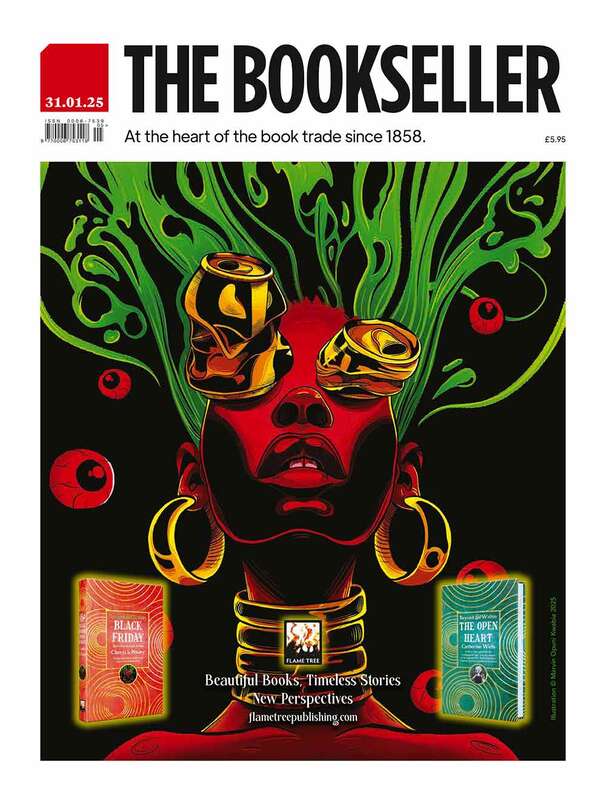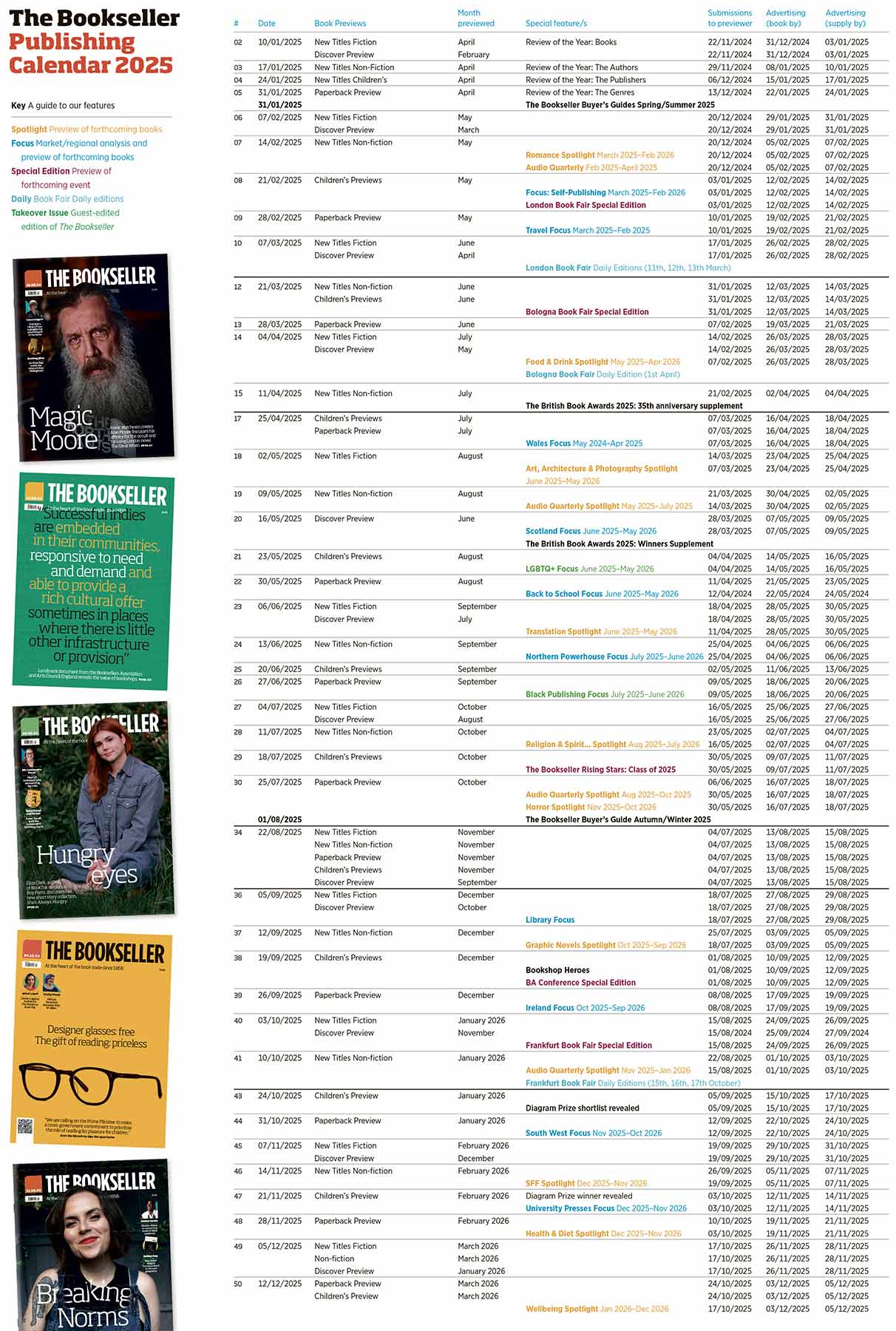You are viewing your 1 free article this month. Login to read more articles.
The measure of success
There is a marvellous irony to the news that Bonnier Publishing is the first half’s star performer, based on this magazine’s analysis of bookshop business as tracked by Nielsen. In six months where its sales have grown by 53%, the troubled offshoot of the Swedish media group has lost its chief executive Richard Johnson, along with key executives such as Bonnier Zaffre founder Mark Smith, Kings Road m.d. Ben Dunn, and long-server Sharon Parker, the group’s former c.o.o. It has also now rebranded under its UK head Perminder Mann.
Rival publishers will say there is no skill in buying turn-over; that paying eight-figures for Wilbur Smith is simply a sign of having a large bank account (and an absent parent). I don’t entirely agree. Bonnier’s ambitions were grandiloquent, but publishing is a conservative business, and one—as many have now found—that is difficult to disrupt. Their names may have lengthened, but the big groups that dominate the publishing landscape today are the same as those that dominated it 20 years ago—of the pretenders from that era, only Bloomsbury has stayed the course and remained independent (it too has seen strong sales in the first half).
Johnson’s aim was to establish Bonnier among those trade giants—and though its Swedish-based head Jim Zetterlund has taken the group’s foot off the gas, the juggernaut is still picking up speed. The mistake would be to assume that this "different story" (as Johnson described it) is over. Zetterlund’s job is not just to get control over the losses (in the first four months of 2018, Bonnier’s overall books division lost £19m, compared to a restated loss of £16m a year earlier), but also to keep the vehicle on the road as it exploits those assets it recently—and expensively—assembled.
What the Bonnier story tells us about publishing is interesting. Despite being a business that must deal with daily ambiguity, the discussion around books can be dispiritingly binary: as we noted last week, the publishing sector has emerged from its digital transformation as healthy as it can ever have hoped to be, with some sectors more digital than others, and with print continuing to underpin the economics of large parts of the business, helped as much by high street booksellers such as Waterstones and indies, as by the supermarkets—and Amazon. Add the missing digital bits into the jigsaw and the sector has much to feel swell about going into the holiday season.
But the Bonnier story shows growth at the top does not necessary trickle down to the bottom line—books that are bought for too much, or sold for too little, can create an illusion of viability. For all of their critics, the big groups survive (and grow) because they deliver at both ends, and do so consistently. And though there is always room for a usurper—a digital list, a start-up, a monied challenger—the measures of success remain largely unchanged. The market—though it may be eccentric—offers something for everyone, and just occasionally a welcome fillip for those who need it most.
Just ask Bloomsbury.



















